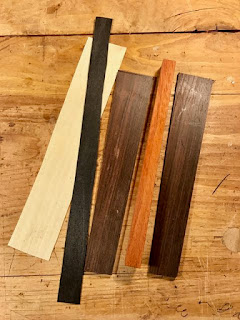Posts
Showing posts from February, 2017
On the Bench - Redwood/Black Walnut Classical Guitar
- Get link
- X
- Other Apps
Making Wooden Capos/Cejillas for Classical/Flamenco Guitars
- Get link
- X
- Other Apps
Guitar Capos/Cejillas for Classical and Flamenco Guitars
- Get link
- X
- Other Apps


